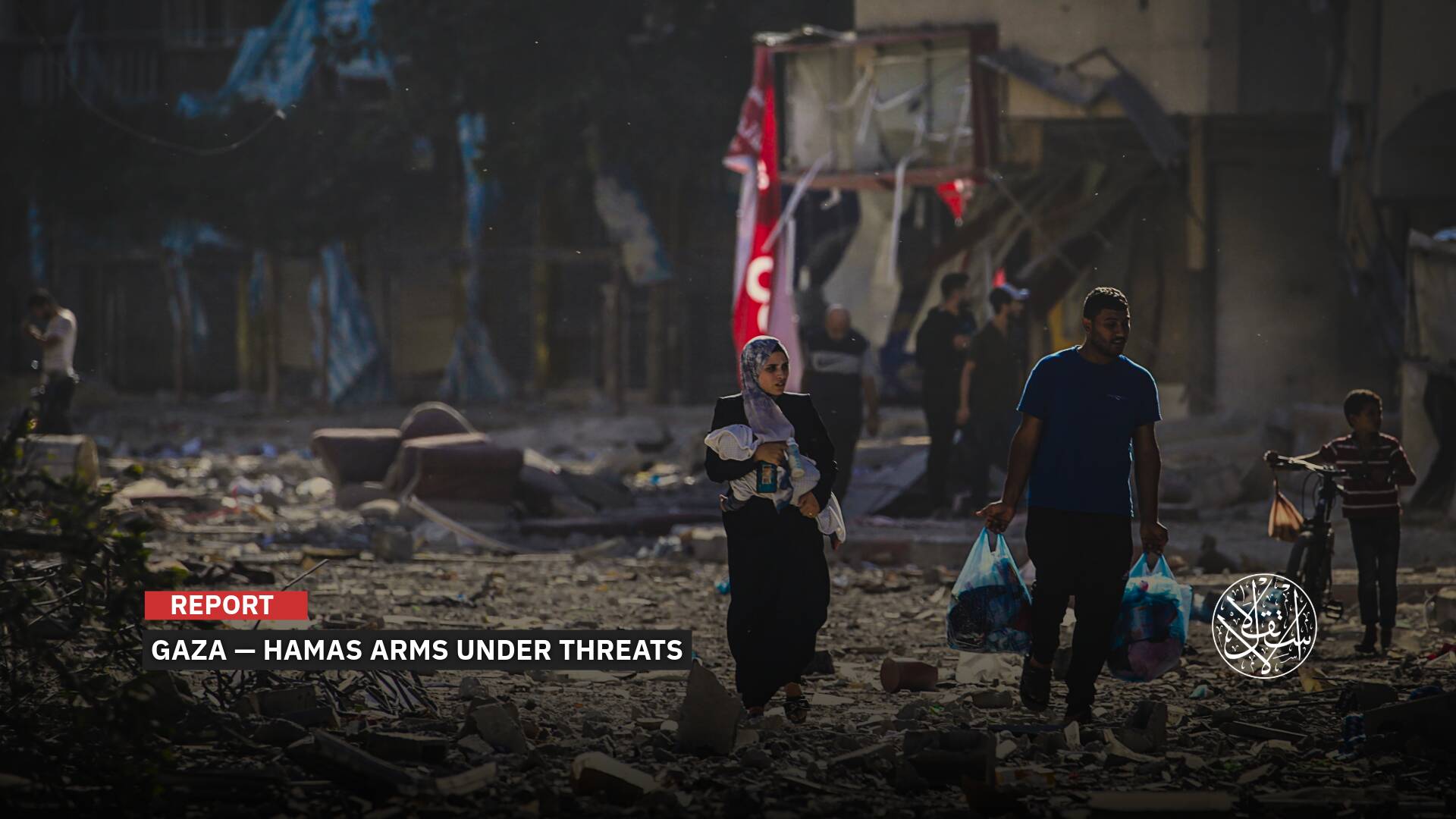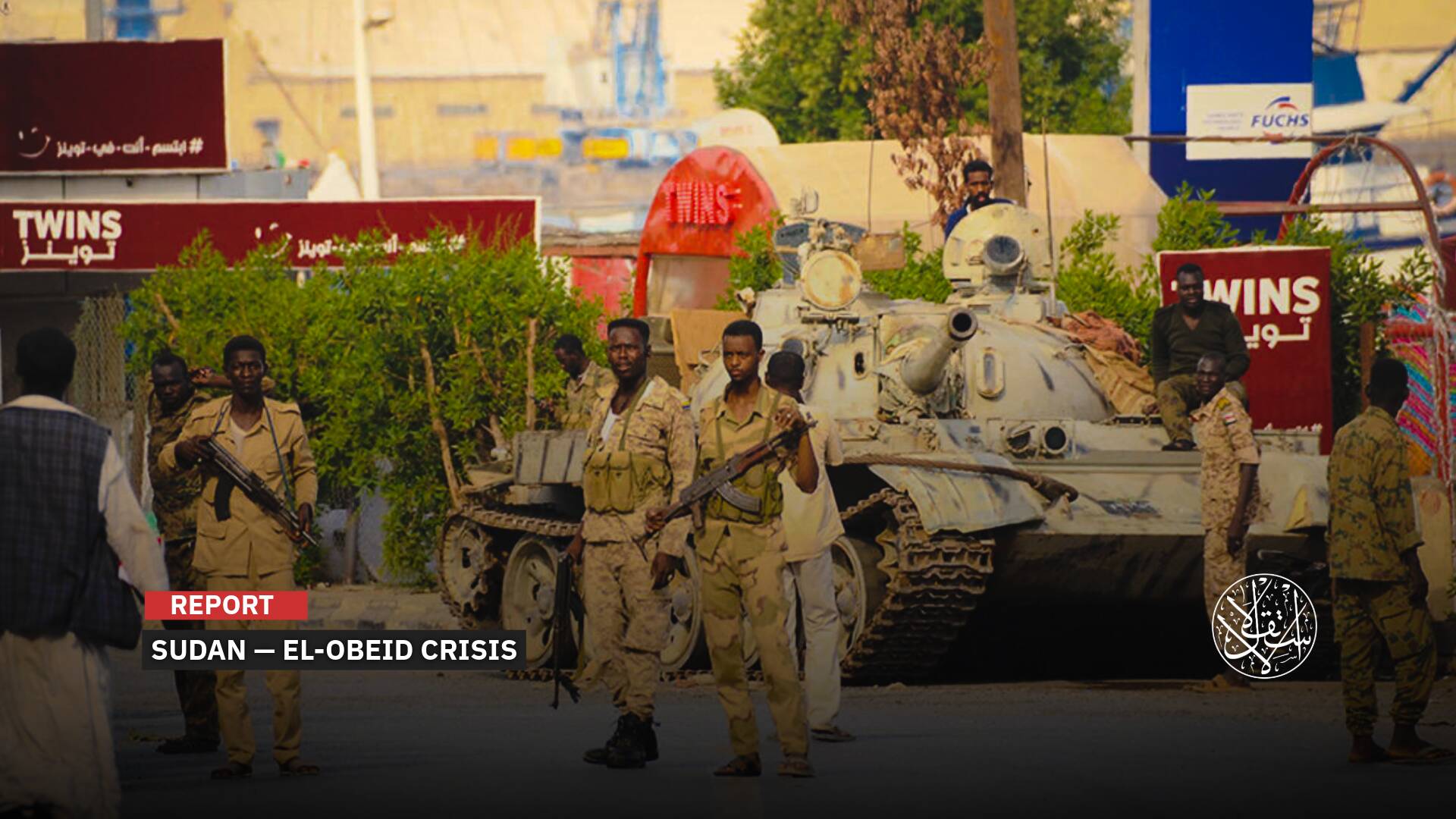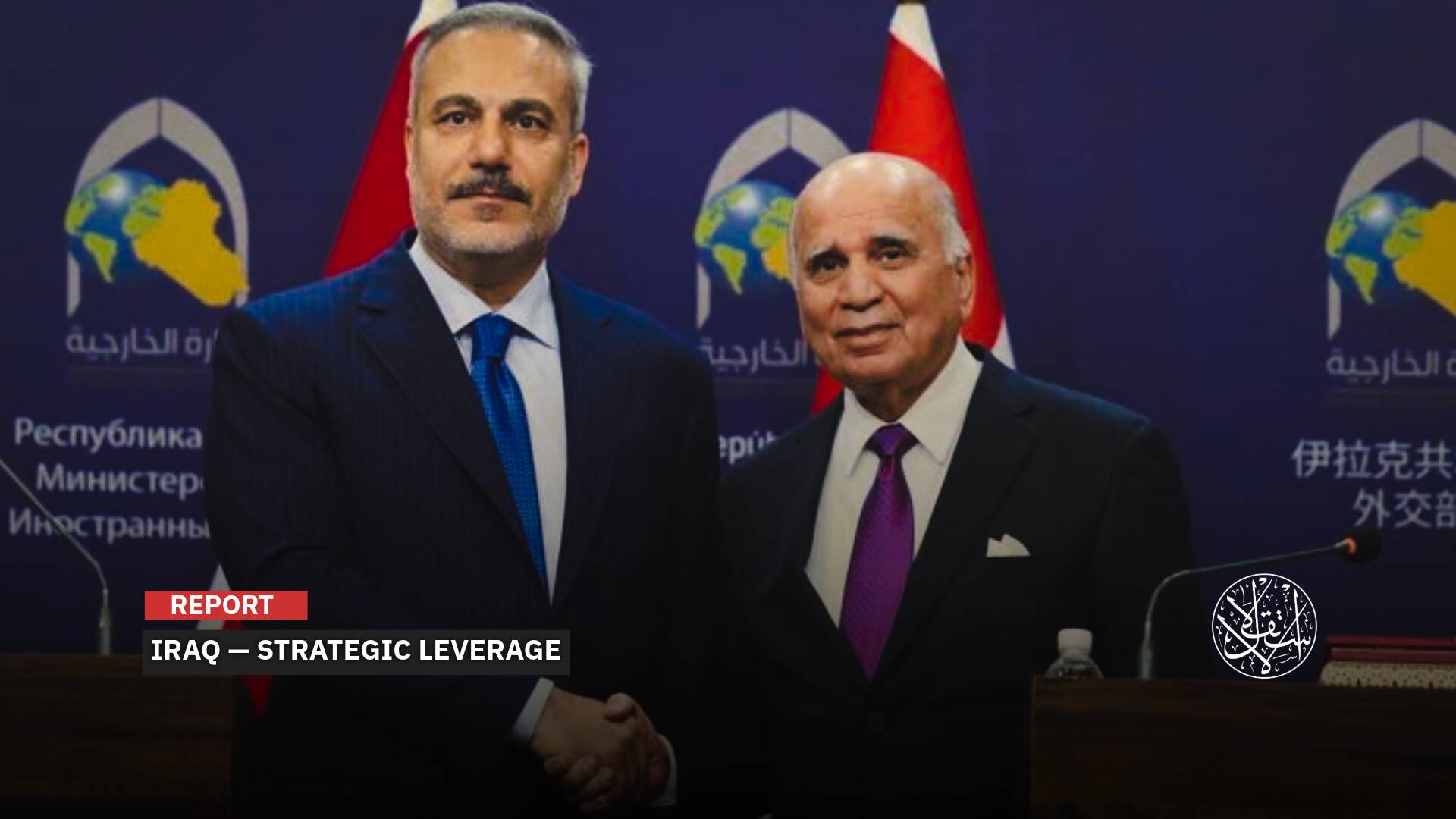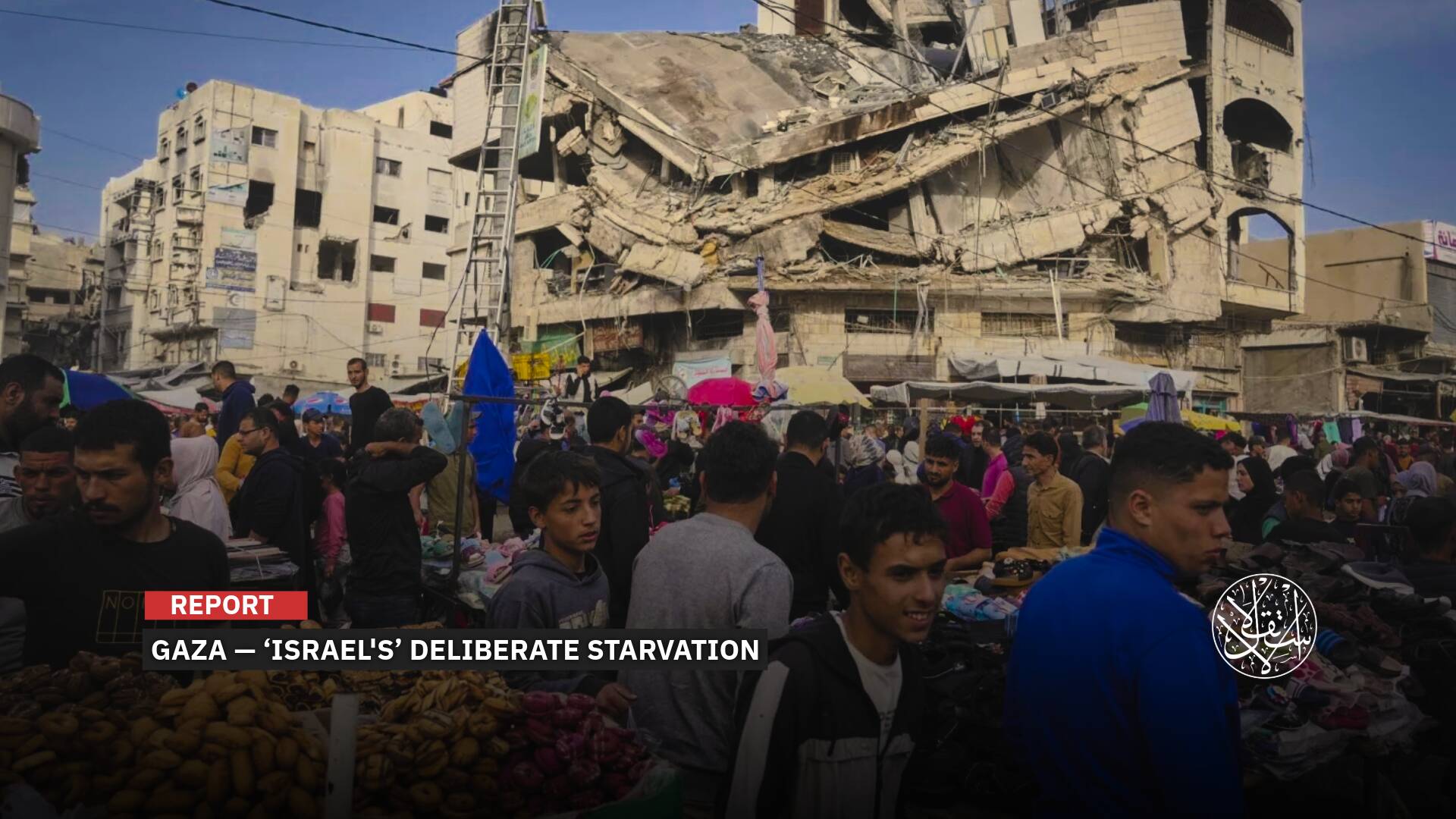After 14 Years of Decline: Syria Launches New Plan to Revitalize its Agriculture Sector

Farmers need support and access to loans for the agricultural sector to recover and thrive again.
Syria’s new government has launched a sweeping review of the agricultural sector, aiming to address the damage and disruption sustained over 14 years of declining output and widespread abandonment of fertile farmland.
The collapse in production followed years of shelling, mass displacement, and a near-total breakdown in access to fuel, fertilizers and agricultural medicine — all under the rule of the former regime led by Bashar al-Assad.

Exhausted Sector
The UN’s Food and Agriculture Organization (FAO) has warned that severe drought in Syria could wipe out as much as 75% of the country’s wheat harvest in 2025 — a blow that threatens the food security of millions.
In response, the Ministry of Agriculture announced on May 20, 2025, that the government is rolling out measures to mitigate the damage, including curbing the cultivation of water-intensive crops.
The ministry added that lifting U.S. sanctions would help revive the agricultural sector by allowing the import of fertilizers and irrigation technology.
Speaking to Reuters, FAO’s representative in Syria, Toni Ettel, warned that the organization anticipates a shortfall of 2.7 million tonnes of wheat this year — enough to feed 16.3 million people for an entire year.
Ettel noted that an influx of funds could help revive Syria’s agricultural sector by providing much-needed irrigation technologies and rehabilitating critical infrastructure.
Years of erratic rainfall, prolonged droughts, and the wider impacts of climate change have driven up farming costs across the country.
According to the International Committee of the Red Cross, agricultural output in Syria has dropped by nearly 50% over the past decade.
The report, published in January 2024, underscores the cumulative toll that climate pressures and systemic neglect have taken on the sector.
In the 2025 season, Syria experienced a wave of drought with varying intensity — the most severe since 1958 — dealing a heavy blow to rain-fed agriculture and key strategic crops, particularly wheat.
The country’s eastern regions and Badia were also hit by frequent dust storms, compounding the impact.
Rainfall levels across all provinces fell well below the annual average, further exacerbating the crisis.
Against this backdrop, Saeed Ibrahim, Director of Agricultural Economics at the Ministry of Agriculture, stated that erratic rainfall in both distribution and volume has rendered much of Syria’s so-called agricultural stability zones either arid or semi-arid.
Speaking to the Syrian Arab News Agency (SANA) on May 13, 2025, Ibrahim noted that rainfall levels had dropped below 350mm across more than 90% of the country’s farmland.
He also pointed to a sharp decline in water reserves — down more than 60% compared to previous seasons — and reported that dam storage levels for March 2025 were significantly lower than in both 2023 and 2024.
He also reported a sharp decline in groundwater levels, with some areas losing more than 70% of their reserves in recent years.
Rates of desertification and drought have surpassed 50% in several ecologically sensitive farming regions.
Ibrahim, the Director of Agricultural Economics, said the dwindling water supply has prompted plans to scale back cultivated land for the upcoming summer season.
He warned that the drought has directly impacted the lives of over 4 million people — a crisis expected to have serious economic and social repercussions in the current season.

Damage to the Agricultural Sector
A study by the World Weather Attribution network, which analyzes the link between weather patterns and climate change, found that climate-driven temperature increases have made drought in Syria 25 times more likely.
Syria remains one of the countries most severely affected by climate change, yet among the least supported in terms of climate finance.
According to the study, published in November 2023, drought had already displaced nearly 2 million people living in rural areas by September 2022.
Currently, nine out of every ten Syrians live in poverty, with unemployment affecting a quarter of the population.
Meanwhile, the country’s GDP stands at less than half of its 2011 level.
Since the new leadership took office following the fall of the al-Assad regime on December 8, 2024, officials have pledged to establish a free and competitive economy, coupled with policies aimed at protecting domestic producers and supporting the agricultural sector.
The new Ministry of Agriculture hopes that economic openness will attract investments and foster solutions to combat the effects of drought.
In May 2025, the ministry acknowledged that lifting sanctions alone would not resolve the drought crisis. Still, it stressed that it would provide the means and resources enabling the government and farmers to respond more effectively through modernizing irrigation systems, boosting productivity, and strengthening food security.
The Syrian Ministry of Agriculture also announced plans to reduce the cultivation of water-intensive crops as part of emergency measures to adapt to the worsening climate and water realities.
Prior to the fall of the al-Assad regime, there had been a competitive rush to purchase wheat from farmers—a crop of strategic importance, as it meets the population’s bread needs.
Cotton cultivation, which requires abundant water, has also suffered due to its economic importance in supplying raw materials for factories and providing employment.
Several other strategic crops — including sugar beet, sunflower, and soybeans — have not been grown since 2011.
Many farmers, no longer able to bear the costs of farming, have turned to alternative livelihoods that offer more stable incomes.
In mid-2024, the World Bank reported that following a historic decline in 2022, Syria’s agricultural production rebounded amid improving weather conditions, reaching two million metric tons in 2023, double the one million metric tons recorded the previous year.

Challenges and Solutions
In this context, Syrian researcher and founder of the Environmental News Magazine Zaher Hashem said, “Currently, 13 million Syrians suffer from food insecurity, representing more than half the country’s population.”
He told Al-Estiklal that among them, 3 million face severe food insecurity, a crisis directly linked to the decline of agriculture in the country.
He stressed that natural and climatic factors — including rising temperatures, reduced humidity, and increased evaporation rates — threaten the viability of rain-fed farmland, leading to a reduction in cultivated areas such as wheat.
However, he added that these environmental challenges are not the only obstacles to agricultural continuity.
Economic difficulties, including fuel shortages and prolonged power outages over 14 years, have also inflicted severe damage on agricultural production.
Hashem pointed out that climate change has disrupted farming cycles through water and heat stress on crops, alongside the spread of pests and plant diseases, which farmers have been unable to control in recent years.
Moreover, Hashem noted that many irrigation dams have fallen out of service due to power outages and a halt in pump maintenance, forcing farmers to cultivate only a limited range of crops that require less water.
He pointed out that, prior to al-Assad’s fall, farmers across Syrian territories faced significant challenges in irrigating their crops and securing costly seeds and fertilizers.
Hashem explained that over 14 years, the security, political, and economic turmoil has contributed to the decline in agricultural output, driven up the prices of seeds and farming equipment, and damaged agricultural infrastructure due to bombardments and the displacement of labor.
Hashem argued that in this new phase, government funding should be directed towards small-scale projects for farmers, alongside the introduction of water-saving irrigation technologies to rain-fed areas.
He noted that a revival in agriculture would also bolster the country’s beleaguered livestock sector.
He stressed the need to support farmers with loans to get the agricultural wheel turning again across Syria’s vast and diverse lands.
Furthermore, he said the Syrian government must prioritize clearing farmland of war remnants that continue to prevent farmers from returning to their villages and launching new agricultural initiatives.
Farmers say that climate change is not their only challenge; their struggles are compounded by a lack of support, rising agricultural costs, and difficulties securing fuel and production inputs, turning each planting season into a risky gamble.
They call for government prioritization of wheat crop support, which would increase cultivated areas and help spare the country from further import bills.
For instance, wheat yields in rural Aleppo can reach 400 tons annually when rainfall averages between 450 and 650 millimeters.
However, in 2025, wheat yields dropped by more than 60 percent, with production unlikely to exceed 100 tons.
Under the deposed Bashar al-Assad, Damascus relied heavily on wheat imports from Russia to support its bread subsidy program.
In a post-Assad assessment, the United Nations estimated that Syria’s economy would require 55 years to recover to its 2010 levels.











